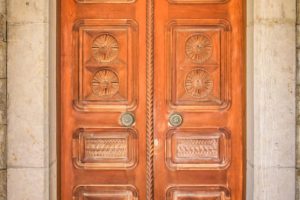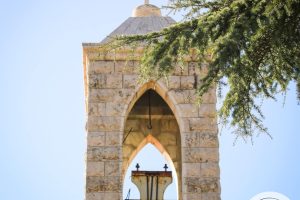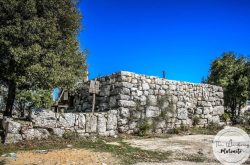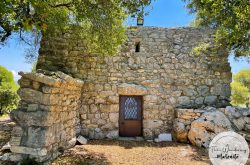Overview
Map
Other Details
كنيسة مار يوسف
Ouata El-Jaouz
Keserwan
Mount Lebanon
كنيسة مار يوسف - وطى الجوزبنيت الكنيسة سنة ١٩١٧ فوق كنيسةٍ أقدم عهدًا. رمّمت وأخذت شكلها الحاليّ سنة ١٩٧٥. لوحة مار يوسف من عمل كنعان ديب الدلبتاوي تعود لسنة ١٨٦٨. تتميّز الكنيسة بقبّة حجريّة بشكل طابيّة كاهن يعلوها صليب.The church of St Joseph - Wata el JawzThe church was built in 1917 over an older church, and took its final form in the restoration of 1975. The painting of St Joseph is made by Kanaan Dib in 1868. The bell tower is topped by a sculpture of a Tabye, the traditional maronite priestly hat, with a cross over it.
Visited 2302 times, 3 Visits today
















Reviews are disabled, but trackbacks and pingbacks are open.